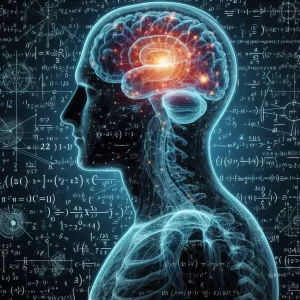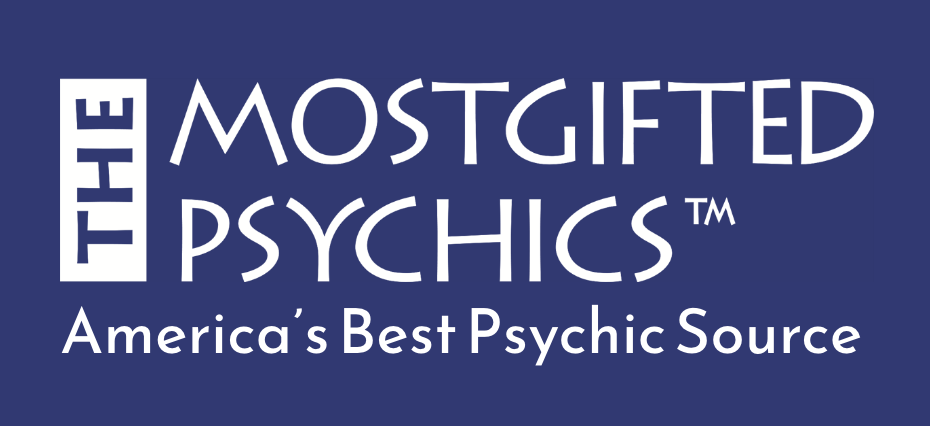ESP
The Science Behind It
In the realm of human perception, there exists a phenomenon that has captivated the minds of scientists and skeptics alike: extrasensory perception, more commonly known as ESP. This extraordinary ability, which encompasses telepathy, clairvoyance, and precognition, has been a subject of fascination and controversy for centuries. While some dismiss ESP as mere fantasy or pseudoscience, others believe that there is substantial scientific evidence supporting its existence.
In this comprehensive article, we will delve deep into the realm of ESP, exploring the scientific studies and research that have shed light on this enigmatic phenomenon. We will examine the various forms of ESP, the theories behind its mechanisms, and the compelling evidence that supports its reality. Get ready to embark on a journey that challenges conventional wisdom and invites you to open your mind to the extraordinary possibilities of human perception.
Understanding ESP: Exploring the Extraordinary
What is ESP?
ESP, or extrasensory perception, refers to the ability to perceive information through means beyond the five traditional senses of sight, hearing, taste, touch, and smell. It encompasses various paranormal abilities, including telepathy, clairvoyance, and precognition. Telepathy involves the direct knowledge of another person’s thoughts, clairvoyance enables the perception of remote events, and precognition allows individuals to gain insight into future events.
The Controversy Surrounding ESP
ESP has always been a topic of intense debate and controversy. Skeptics argue that the concept of ESP goes against established scientific principles and lacks empirical evidence. They dismiss ESP as nothing more than wishful thinking or delusion, attributing supposed psychic experiences to coincidence or selective memory.
However, proponents of ESP contend that dismissing it outright is premature, as there is a growing body of scientific research that supports its existence. They argue that traditional scientific methods may not be suited to studying such a complex phenomenon and call for a more open-minded approach to exploring the mysteries of human perception.

The Scientific Quest for Evidence
Studying ESP through Neuroimaging
In recent years, scientists have turned to advanced neuroimaging techniques to study the mechanisms underlying ESP. One groundbreaking study conducted at Harvard University aimed to provide definitive evidence regarding the existence of ESP. Led by Samuel Moulton and Stephen Kosslyn, the researchers used brain scanning to test whether individuals have knowledge that cannot be explained through normal perceptual processing.
The study involved presenting participants with two types of visual stimuli: ESP stimuli and non-ESP stimuli. ESP stimuli were not only presented visually but also telepathically, clairvoyantly, and pre cognitively. The researchers hypothesized that if ESP processes exist, participants’ brains would respond differently to ESP and non-ESP stimuli.
However, contrary to their expectations, the results showed that participants’ brains responded identically to both types of stimuli. This finding challenged the notion of ESP as a distinct perceptual process and suggested that the reported psychic experiences may be attributed to other factors.
The Role of Statistics in Evaluating ESP
Another crucial aspect of studying ESP is the statistical analysis of data. In a study conducted by Daryl Bem at Cornell University, a series of experiments aimed to investigate the existence of precognition. Participants were exposed to a series of images, some of which were emotionally arousing, while others were neutral.
The results of Bem’s experiments indicated a statistically significant effect, suggesting that participants were able to anticipate future events. However, these findings were met with skepticism and controversy within the scientific community. Some researchers argued that the statistical methods employed in the study were flawed, while others questioned the replicability of the results.
Exploring the Mechanisms of ESP
The Power of the Unconscious Mind
One intriguing theory that attempts to explain ESP is rooted in the power of the unconscious mind. It suggests that ESP may be a product of the mind’s ability to process information at a subconscious level, beyond our conscious awareness. According to this theory, the unconscious mind can tap into a collective pool of knowledge or engage in non-local communication, allowing individuals to access information that goes beyond ordinary perception.

Quantum Entanglement and ESP
Another fascinating perspective on ESP revolves around the principles of quantum mechanics, specifically the concept of quantum entanglement. Quantum entanglement suggests that particles can become linked in a way that their states are correlated, regardless of the distance between them.
Some researchers propose that ESP may be a result of quantum entanglement between individuals, enabling the transfer of information instantaneously and bypassing the limitations of time and space. While this theory is highly speculative, it offers a thought-provoking perspective on the potential mechanisms behind ESP.

Compelling Evidence for ESP
Anecdotal Accounts and Personal Experiences
One of the most compelling forms of evidence supporting ESP comes from countless anecdotal accounts and personal experiences. Individuals from diverse backgrounds and cultures have reported unexplained knowledge of events or information that transcends ordinary sensory perception.
These experiences often involve telepathic communication with loved ones, premonitions of future events, or sudden insights into distant or hidden information. While skeptics may dismiss these accounts as mere coincidence or fabrication, the sheer volume and consistency of such reports cannot be easily disregarded.
Controlled Laboratory Experiments
In addition to anecdotal evidence, a significant body of controlled laboratory experiments has been conducted to investigate ESP. These experiments typically involve rigorous protocols and statistical analysis to evaluate the presence of psychic abilities.
While the results of these experiments have been mixed and subject to interpretation, some studies have shown statistically significant effects suggestive of ESP. However, due to the controversial nature of the topic, replication and consensus within the scientific community remain ongoing challenges.

Embracing the Possibilities: The Future of ESP Research
As our understanding of the human mind and perception continues to evolve, so does the study of ESP. Researchers are exploring innovative approaches, such as the use of advanced technologies like functional magnetic resonance imaging (fMRI) and electroencephalography (EEG), to gain deeper insights into the mechanisms underlying ESP.
Moreover, interdisciplinary collaborations between scientists, psychologists, and physicists are bridging the gap between different fields of study, fostering a more comprehensive understanding of the complexities of human perception.
While ESP remains a topic that inspires both intrigue and skepticism, it is essential to approach the subject with an open mind and a willingness to explore the boundaries of human potential. By embracing the possibilities and engaging in rigorous scientific inquiry, we may unlock the secrets of ESP and redefine our understanding of the human mind.
Conclusion
In the realm of human perception, the concept of ESP continues to captivate our imagination and challenge our understanding of reality. While skeptics dismiss it as pseudoscience, there is a growing body of scientific research that supports the existence of extrasensory perception.
Through neuroimaging studies, statistical analysis, and the exploration of underlying mechanisms, scientists are slowly unraveling the mysteries of ESP. Anecdotal accounts and controlled laboratory experiments provide compelling evidence, urging us to consider the extraordinary possibilities of human perception.
As we continue to push the boundaries of scientific exploration, let us approach the study of ESP with an open mind and a commitment to rigorous inquiry. By embracing the unknown and questioning the limits of our understanding, we may uncover the truth behind this enigmatic phenomenon and reshape our perception of reality.




